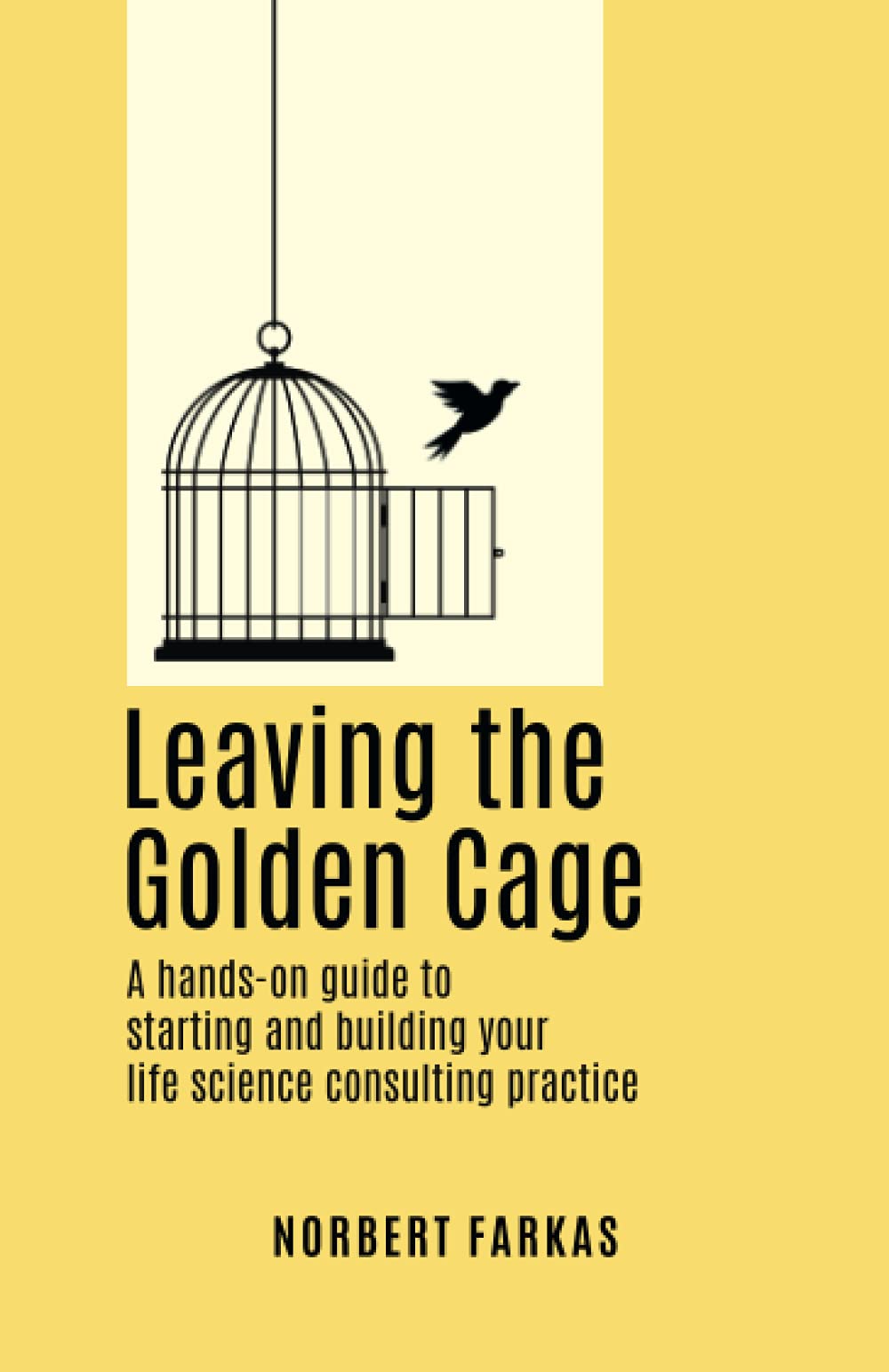
IBM is one the most well-known names in technology. The company was founded in 1911 and celebrated its centenary with a series of films that feature 100 people explaining the company's contributions to society. Joe Pytka was the influential commercial director. Errol Morris, a Academy Award-winning documentary filmmaker, shot "100 x 100". Philip Glass was also featured in the film's music.
Hollerith punchcard from ibm
IBM's Hollerith card was inspired in part by a system which was used in textile mills, as well as other industrial processes, as far back 1725. Joseph Marie Jacquard used this method later to create a silk portrait. Semenkorsakov used punch cards to keep information in 1832. IBM's Hollerith punchcard would be used to record census data. This would eventually lead to the founding of IBM.
In 1933, IBM formed a strategic alliance with Nazi Germany. The company's subsidiaries played a significant role in the development of various Nazi-era technology enabling technologies. German authorities needed a way of quickly and accurately identifying Jews to ensure that they could be targeted for annihilation. This was made possible by IBM's Hollerith punch card machines.
Magnetic stripe of ibm
IBM's history with magnetic stripes begins with an engineer trying to create a way for magnetic media to be attached to plastic cards. He had previously heard of magnetic tape. His wife suggested a different way. She suggested melting the magnetic stripe on a plastic card. IBM was the first company that used this technology commercially.

The company needed to create a system to track financial information as well as personal identification. They wanted a way to decode personal data and make the information easier to access. The team assembled a group of researchers that were able to devise a system for doing just this. IBM adopted magnetic stripe technology once the team was done. It began rolling out bank cards for employees and ID cards for employees.
IBM's original computer
Arthur Rackham, born April 5, 1911, was a key leader in the introduction of IBM's computers. He was an entrepreneur and a mathematics teacher who attended Drake University, Iowa State College and Columbia University. Later, he became the chief of IBM's research & development division.
The United States Air Force asked IBM for an electro-mechanical bombsight to be developed during the war. But, IBM was still uncertain about the future prospects of electronic computing. Tom Watson, Jr. felt that IBM wasn't moving fast enough to electronic computing at that time. He thought of an electronic computer for scientific computations.
IBM research
The IBM Archives documents the company's accomplishments and progress through the years. IBM currently has 195,000 employees and 350 Distinguished Engineers. It also has 60 IBM Fellows. NetObjects Technologies has been acquired by IBM. Many of its products are now used in the business world.
The company's revenues grew steadily. Wall Street considered it a giant at the time. By 1984, the company's profit was up to $16 billion. Wall Street was a long-standing favorite of IBM Corporation. IBM was also perceived as the only company capable of competing with Japanese companies. It even became the subject of a best-selling book.

IBM's stock purchase plan
The IBM Stock Purchase Plan (or the IBM Stock Purchase Plan) is a retirement program that allows eligible IBM employees purchase company stock. Originally, IBM employees were entitled to 85 percent of a market average price for the first and last business day of the offering periods. IBM changed the terms to the plan in 2005. Eligible participants can now purchase full or partial shares of IBM stock at five percent off the average daily market price.
All shares purchased under the Plan can be resold at any time. Sometimes, the process can be stopped entirely. The shares can then be bought on the open market or as treasury shares.
FAQ
Are you a qualified consultant?
You can become an expert in any subject by learning the subject thoroughly, then applying what you have learned.
So if you want to learn how to become a great consultant, start studying now!
It may be difficult to get hired if your degree is not accompanied by relevant work experience. If you can show that your education is comparable to the job applicants, you may still be eligible for employment.
Employers will always be attracted to candidates who are able to apply their real-world skills.
What are some of the advantages to being a Consultant?
Consultants can often choose the hours and topics they work on.
This means you can work whenever you like and wherever you wish.
You also have the freedom to change your mind at any time without fearing losing your money.
You can finally control your income and create your own schedule.
How long does it take to become a consultant?
Your industry and background will determine the length of time it takes. Most people begin their journey with less than a month before finding work.
However, some consultants spend several years honing their skills before finding work.
Can anyone be an advisor?
A consultant is someone that helps you achieve your goal. They can offer advice on how to do it better, faster and cheaper.
Consultants can help you resolve problems, make decisions, and negotiate with other people.
Consultants are often hired for specific projects or tasks.
Actually, most consultants get paid hourly and daily rates, rather than per-project.
What skills do I need for consulting?
Strong interpersonal and analytical skills are essential for consultants. This is essential because you will be working on projects that you don't know the details of. You will need to learn how you manage people and solve problems quickly.
Also, you must have great communication skills. Most clients expect an answer within 24hrs. They assume that you won't respond if they don't hear from them within 24 hours. It's crucial to keep them informed and make sure they understand everything.
Statistics
- On average, your program increases the sales team's performance by 33%. (consultingsuccess.com)
- WHY choose me: Why your ideal client should choose you (ex: 10 years of experience and 6-week program has helped over 20 clients boost their sales by an average of 33% in 6 months). (consultingsuccess.com)
- According to statistics from the ONS, the UK has around 300,000 consultants, of which around 63,000 professionals work as management consultants. (consultancy.uk)
- 67% of consultants start their consulting businesses after quitting their jobs, while 33% start while they're still at their jobs. (consultingsuccess.com)
- "From there, I told them my rates were going up 25%, this is the new hourly rate, and every single one of them said 'done, fine.' (nerdwallet.com)
External Links
How To
How to Start a Consultancy Company and What Should I Do First
You can make a lot of money by setting up a consulting business. You don’t need to have business experience or invest capital. A good place to start your own consulting company is to build a website. You can use social media platforms like Facebook, Twitter, LinkedIn and Instagram to promote your services.
These tools allow you to make a marketing program that includes the following:
-
Content creation (blogs).
-
Building relationships (contacts)
-
Generating leads through lead generation forms
-
Selling products online
After you have developed your marketing strategy, it's time to find clients willing to pay for your services. Some prefer to connect with people through networking events. Others prefer to use online resources like Craigslist and Kijiji. It's up to you to make the decision.
Once you have a new client, you need to discuss terms. This could include flat fee contracts, hourly fees or retainer agreements. It's important to know what you expect before accepting a client so you can communicate clearly throughout the process.
An hourly contract is the most popular type of contract for consulting services. This agreement allows you to agree to provide services at a fixed price each week or month. Based on the service you provide, you might be able to negotiate a discount based on the length of your contract. Before you sign a contract, ensure you understand everything.
Next, create invoices and then send them to clients. Invoicing can be a complicated task until you actually attempt it. There are many ways that you can invoice your clients depending on what your preferences are. For example, some people prefer to have their invoices emailed directly to their clients, while others print hard copies and mail them. Whatever your preferred method, make sure it works well for you.
After creating invoices are complete, you will need to collect payments. PayPal is the most popular payment option because it's easy to use and provides multiple payment options. However, other payment processors are available, including Stripe, Square Cash, Google Wallet, Apple Pay, Venmo, etc.
Once you're ready to begin collecting payments, you'll want to set up bank accounts. Separate savings and checking accounts will allow you to track your income and expenses independently. When paying bills, it is also beneficial to set up automatic transfer into your bank account.
When you start a consultancy business, it may seem overwhelming, but once you learn how to do it correctly, it becomes second nature. Check out this blog post for more information about starting a consultancy company.
The best way to make extra cash is to start a consulting business. Remote consultants don't need to be tied down by office politics or work long hours. Because you don't have to work a set number of hours per week, you can be more flexible than a traditional employee.